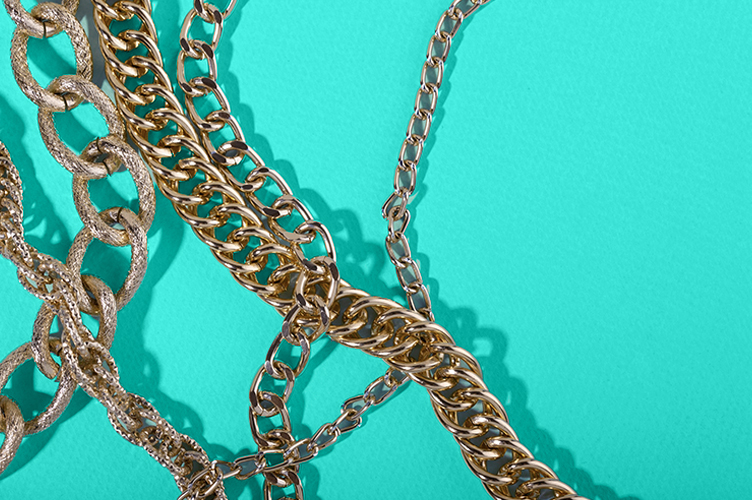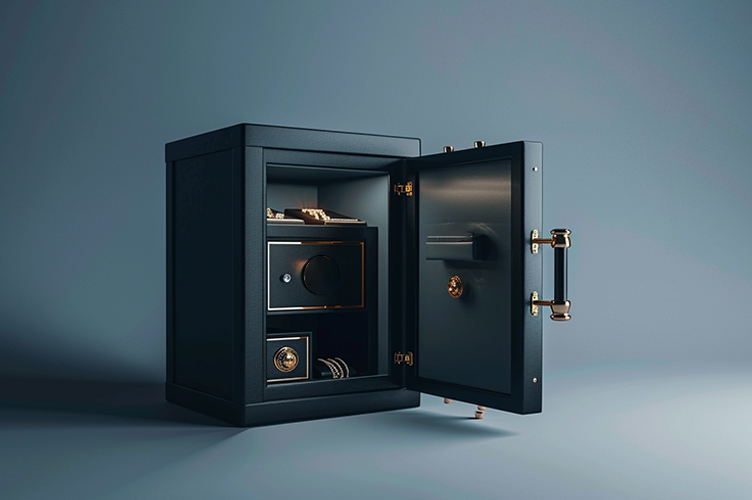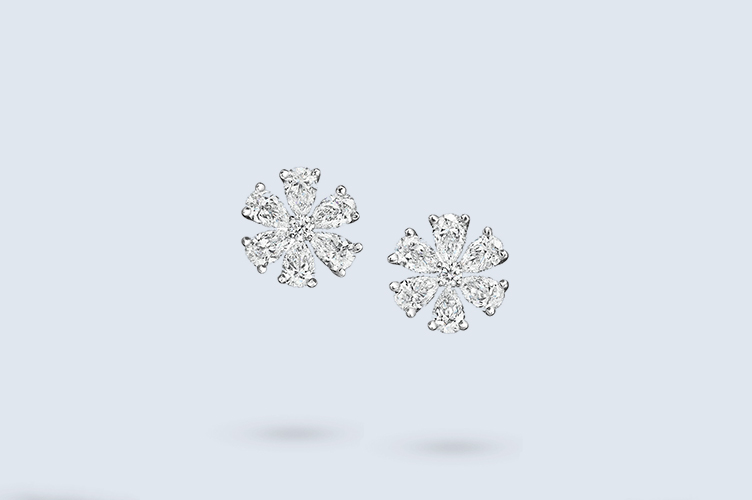Blacksmithing is an ancient craft dating back millennia. Early blacksmiths used fire, iron, and muscle to shape useful and beautiful metal objects like weapons and jewelry. Blacksmiths use updated tools and methods to work with metals today, but the core skills stay the same. If you want to venture into the world of blacksmithing, you’ll need to learn some key terminology in order to be able to understand the guidance of experienced smiths.
Tools
Blacksmithing requires unique tools for shaping hot metal into a blade, a horseshoe, a ring, a chain, or any other form. From hammers to anvils and tongs to vices, every piece of equipment plays a role in manipulating and forging steel or other metals. Before lighting up the forge, new and veteran smiths need to know these tools inside out.
Alloy: An alloy is a metal that combines two or more metallic elements to produce desirable properties like strength, corrosion resistance, or flexibility. Common alloys used in blacksmithing include bronze, brass, and steel, an alloy of iron and carbon.
Anvil: The anvil is a large block of steel with a flat top that provides a sturdy base for hammering and shaping metal. The anvil’s pointed end, or horn, is used for bending curves into metal.
Chisel: A chisel is a metalworking tool with a broad, flat blade used to cut, shape, and split metal stock. Chisels come in varying widths.
Crucible: A crucible is a heat-resistant container used for melting metal. It is often placed inside a furnace, an enclosed heat source that can reach higher temperatures than a forge.
Forge: The forge provides intense heat needed to soften metal for shaping. It’s open on at least one side to allow the blacksmith easy access as they work. A basic forge has a firepot fueled by coal or charcoal, which the smith fans with a bellows.
Hammers: Blacksmithing uses hammers of various shapes and weights for different forging techniques. A cross-peen hammer has a wedge-shaped peen designed for drawing out the metal, while a ball-peen hammer creates rounded surfaces and decorative textures like those used on forged jewelry.
Punches: Punches have a shaped tip on one end used for marking or punching holes in hot metal.
Slag: Slag refers to the scale or impurities that form on the metal surface during the forging process as it is heated. Oxides and other compounds burn off as the metal is heated, separating from the piece being worked as molten slag.
Tongs: Tongs are used to hold hot metal pieces while the blacksmith hammers and shapes them. Different types are designed to hold specific shapes and sizes of metal stock.
Vise/Clamp: A vise or clamp secures the hot metal, keeping it fixed in place as the blacksmith works.
Processes
Mastering the specialized techniques and methods used to shape metal is central to blacksmithing. From heating and forming to joining and finishing, the sequence of processes transforms raw materials into functional tools and decorative items.
Bending: Bending curves metal using rounded tools or the horn of the anvil, which facilitates smooth bends.
Casting: Casting is a process that involves pouring molten metal into molds to create specific shapes, like ingots, rings, or tools. Sand molds are commonly used.
Drawing Out: Drawing out is a process that lengthens and tapers the metal by hammering on the end of it.
Finishing: The final part of the blacksmithing process involves refining the surface and appearance of the forged metalwork through grinding, sanding, polishing, oiling, or applying protective finishes.
Forging: This involves hammering or squeezing heated metal to change its shape. The malleable properties of hot steel allow it to be forged into blades, hooks, and many other objects.
Hammering: Hammering delivers controlled blows to hot metal resting on the anvil. Hammer textures can also embellish the surface.
Quenching: Rapidly cooling hot metal by submerging it in water or oil. This quickly hardens the steel. Controlled, precise quenching is crucial for achieving the desired balance of hardness and flexibility.
Shaping: Shaping is the overall process of working with a piece of metal to change its shape.
Smelting: Smelting extracts metal from ore using high heat. Impurities separate out, leaving the purified metal.
Soldering: Joining metals using filler alloys that melt at lower temperatures than the base metals. The molten solder flows into the seam through capillary action. Soldering creates strong joints without heating an entire piece of metal to forging temperatures.
Tempering: Tempering hardens finished objects though a process of reheating and quenching them at precise temperatures.
Upsetting: Upsetting is the opposite of drawing out; it’s the process of compressing heated (steel) to make it shorter and form wider shapes like bulbs, heads, and knobs.
Welding: Welding joins multiple pieces of metals by heating them and then hammering the heated areas together.
Additional Resources
- Glossary of Blacksmithing and Metalworking Terms
- Bladesmithing Glossary
- Forging Guide: Glossary of Terms
- 16 Blacksmithing Techniques
- Blacksmithing Operations
- Nine Common Blacksmith Terms to Know
- Blacksmithing Definitions
- Making Norse Jewelry With Blacksmithing
- Blacksmith vs. Bladesmith: Unveiling the Differences
- The Tools and Trade Techniques of the Blacksmith






